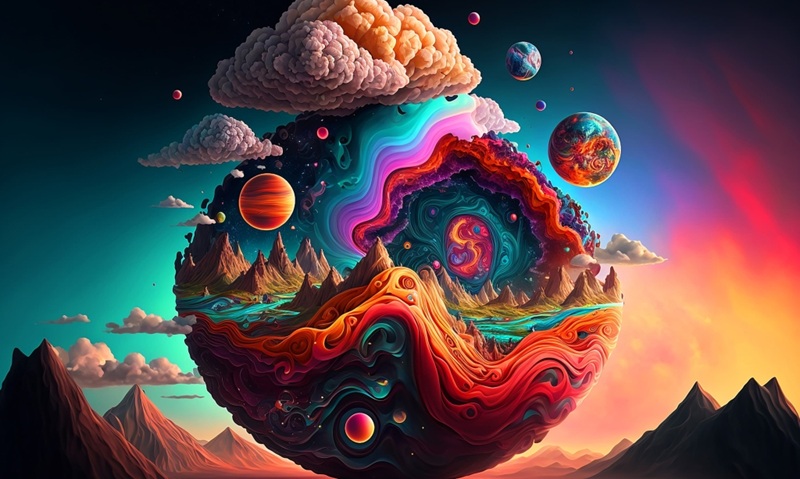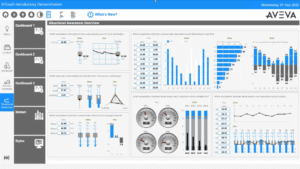Technology has long played a pivotal role in expanding the possibilities of artistic expression. From the invention of the camera to the rise of graphic design software, each innovation has reshaped how artists create and how audiences consume visual media. Now, with the rise of artificial intelligence, we’re entering yet another groundbreaking chapter—one that challenges our understanding of creativity itself.
One of the most exciting and provocative developments is the emergence of AI-generated digital art. These works, created with the assistance or full automation of intelligent algorithms, are not only redefining artistic workflows but are also sparking vibrant conversations about authorship, originality, and the future of aesthetics.
What Exactly Is AI Art?
AI art refers to visual creations made with the assistance of machine learning models, particularly generative adversarial networks (GANs), neural style transfer, and large language-image models. These systems are trained on vast datasets of existing artworks, photos, and other visual content, allowing them to “learn” patterns, styles, and techniques. Once trained, they can produce entirely new images that mimic, remix, or completely reinvent existing styles.
Some tools allow artists to input a simple prompt—like “a surreal cityscape at sunset”—and the AI generates multiple interpretations of that concept. Others give users fine-grained control over composition, color, and form, making them collaborators rather than passive users.
This democratization of creation has enabled more people, including those with no formal art training, to explore their creative instincts and produce compelling digital visuals.
The Artist and the Algorithm
The rise of AI tools doesn’t mean human artists are being replaced. Instead, many are integrating AI into their existing processes. For example, a designer might use AI to generate preliminary concepts, then refine and manipulate the output using traditional digital art tools. This hybrid model enhances productivity and opens up new creative directions that might not have been possible otherwise.
Artists like Refik Anadol, Helena Sarin, and Mario Klingemann are already known for their groundbreaking work combining code and creativity. Their work showcases how AI can become not just a tool, but a co-author, capable of producing results that are beautiful, surprising, and intellectually engaging.
Ethical Questions and Creative Ownership
As AI-generated visuals become more mainstream, important ethical and legal questions have emerged. Who owns a piece of art created by an algorithm? If the AI was trained on copyrighted materials, is the final output truly original? These are issues that courts and copyright offices around the world are beginning to grapple with.
For now, most legal systems do not recognize AI as an entity that can hold copyright. This puts the responsibility on the user or developer of the tool. But as AI becomes more autonomous in its generative abilities, the line between tool and creator continues to blur.
There’s also an emotional and philosophical dimension. If a machine can mimic beauty, can it truly understand it? And does that even matter to the viewer? These questions lie at the heart of the debate and are central to our evolving definition of art.
Applications Beyond Galleries
The practical applications of AI-generated visuals are expanding far beyond traditional art spaces. In gaming, AI-generated landscapes and textures are reducing production time and enhancing realism. In advertising, brands are using AI to rapidly produce ad creatives tailored to specific audiences. Fashion designers are using AI to explore new fabric patterns and textures that push aesthetic boundaries.
AI-generated art is also finding a place in the world of NFTs (non-fungible tokens), where collectors are investing in unique algorithmically produced pieces. This intersection of blockchain and artificial intelligence is creating a new genre of digital ownership, with some AI artworks selling for thousands of dollars.
Accessibility and the Democratization of Art
Perhaps one of the most revolutionary aspects of this technology is how it levels the playing field. For centuries, creating visual art required technical skill, training, and often expensive tools. Now, anyone with a smartphone and a creative idea can produce artwork that stands toe-to-toe with pieces created by trained professionals.
This democratization does come with challenges—such as an oversaturated market and debates over what constitutes “real” art—but it also represents a powerful shift. Creativity is no longer the domain of the few; it’s available to the many.
The Role of AI in Artistic Innovation
AI isn’t just reproducing what’s been done before—it’s enabling new forms of visual expression. Algorithms can analyze and combine disparate artistic styles from different cultures and eras, producing fusion works that are genuinely novel. This capacity for innovation can inspire human artists to break out of stylistic ruts and explore combinations they may never have considered.
AI can also reveal hidden visual relationships in data or produce fractal-like patterns that are mathematically precise yet aesthetically mesmerizing. This gives rise to art that straddles the boundaries between science and emotion, calculation and creativity.
Challenges Ahead
Despite its promise, the AI art world is not without its critics. Some argue that AI lacks the soul, intention, and emotional context that human-created art provides. Others worry about the potential for misinformation, as AI-generated visuals can be used in deepfakes or manipulated media.
There are also concerns about inclusivity. If AI systems are trained on biased datasets, the art they produce might reinforce cultural stereotypes or fail to represent diverse perspectives. These issues highlight the importance of responsible development and use of AI tools, especially in creative spaces.
Final Thoughts
AI-generated digital art is more than a passing trend. It’s a transformative force reshaping how we think about creativity, collaboration, and the role of technology in human expression. By blending machine intelligence with human intuition, we’re entering an era where art becomes more inclusive, innovative, and interactive than ever before.
- Blurring Boundaries: How AI is Reshaping the Future of Digital Art?
- Discover how AI-generated digital art is transforming creativity and technology. Explore the impact of artificial intelligence on modern art, innovation, and the future of artistic expression.
- AI Digital Art
Related posts:
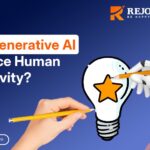 Can Generative AI Truly Replace Human Creativity in the Future?
Can Generative AI Truly Replace Human Creativity in the Future?
 Smart Contracts 2.0: The Next Evolution in Blockchain Technology
Smart Contracts 2.0: The Next Evolution in Blockchain Technology
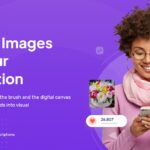 Exploring Coderway.net: A Modern Gateway to AI-Powered Image Creation
Exploring Coderway.net: A Modern Gateway to AI-Powered Image Creation
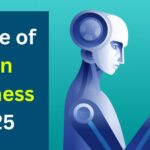 The Future of AI in Business: Predictions for 2025 and Beyond
The Future of AI in Business: Predictions for 2025 and Beyond
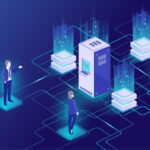 Understanding AI Inference as a Service: How It Powers Smart Applications
Understanding AI Inference as a Service: How It Powers Smart Applications
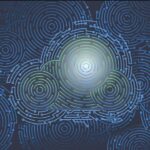 The Role of AI Model Libraries and Vector Databases in Modern AI Deployment
The Role of AI Model Libraries and Vector Databases in Modern AI Deployment
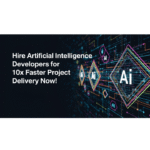 Hire Artificial Intelligence Developers for 10x Faster Project Delivery Now!
Hire Artificial Intelligence Developers for 10x Faster Project Delivery Now!
 Revolutionizing App Development in Dubai with AI-Powered Custom Solutions
Revolutionizing App Development in Dubai with AI-Powered Custom Solutions




